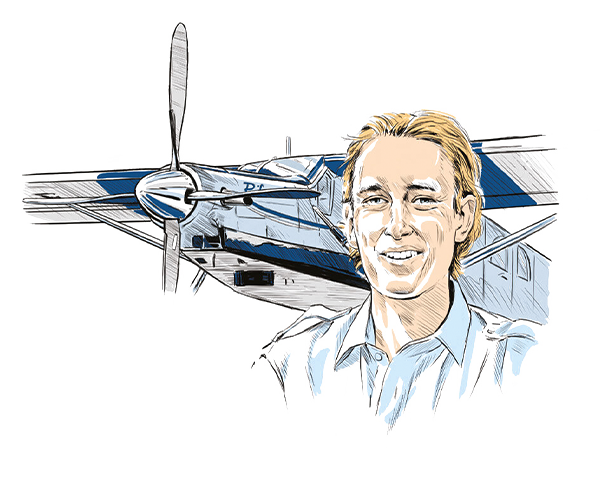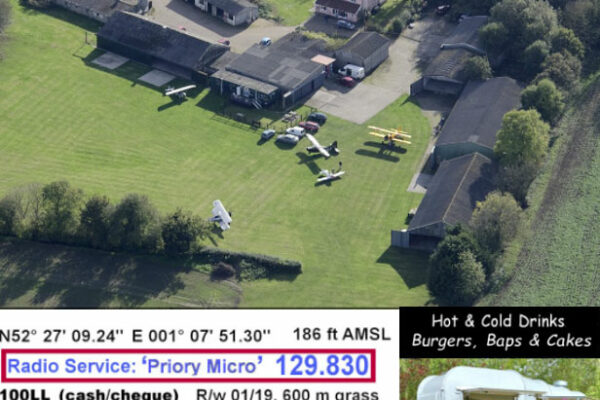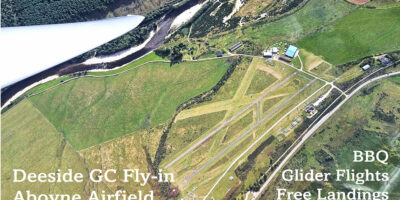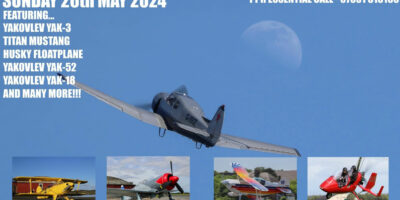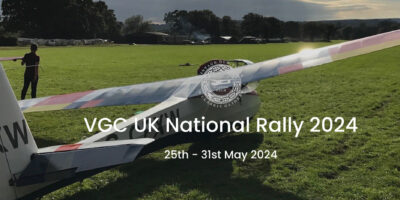The other day I was discussing driving standards with some friends and the conversation diverged a little on to a question: “Do you drive any differently when you have passengers in the car?” We all said the same thing, yes. Faster! Now the friends in question are like myself, car enthusiasts, and are all known to enjoy a spirited drive which one tends to do by oneself, so perhaps more regular drivers don’t have this difference quite so much. I know I drive a bit faster and probably take a few more risks when driving by myself but it got me thinking about how I fly and does that change if I’m with someone else or by myself?
The more thought I gave the question, the more I realised it is a harder question to answer than I first imagined, due to the multitude of different scenarios aviation throws at you. For work I fly the PC-12 single pilot, but with a safety pilot next to me, and of course with passengers in the back. But not always. Occasionally I’ll fly completely single pilot either because the passengers don’t want a second pilot or it’s a simple positioning
flight for maintenance
or something.
For pleasure I fly my little Super Cub which, more often than not, is by myself but occasionally with another pilot or friend. I suspect most of us would like to think we would always fly in exactly the same manner regardless of what it is we are flying or who we may, or may not be, flying with, but I suspect that’s not the case.
In commercial aviation we follow SOPs which by their very nature ensure each flight is operated in exactly the same manner every time. The nice thing about this is that you can pull many of those SOPs into all flights you pilot, which definitely aids safety and keeps you flying in the same manner each flight.
In the private aviation world though, once you’ve got your PPL it’s up to you to maintain your own standards and unless you are very strict on yourself, it is very easy to let those standards slip as time goes on. Hopefully your bi-annual flight with an instructor / examiner will catch any slippage, but two years is a long time to develop bad habits.
“In private aviation, once you’ve got your PPL it’s up to you to maintain your standards”
I never got much chance to fly privately before I got my first flying job so I suppose I didn’t really have the chance to develop too many bad habits. However, because that first job was flying as a bush pilot, there was always the possibility of standards slipping and more risks being taken. I certainly didn’t want to become one of those stereotypical cowboy pilots you hear about! Thankfully, they’re not as common as people might think. Flying over hostile terrain and in challenging environments does weed out those with a more cavalier attitude to safety one way or another. The only way to stay alive was to maintain a good standard of flying and impose a few rules on oneself.
The main one I use is my rule of three. Put simply, I will still fly with one or two things being a bit off, but if there was a third then I will cancel the flight. For example, I wake up and didn’t have the best night’s sleep. Strike one. I check the weather and it’s looking somewhat marginal. Strike two. Provided nothing else raises an eyebrow, the flight will go ahead but if something else pops up like a minor tech issue with the aircraft or some unruly passengers, I’ll cancel the flight.
As for do ‘if I fly differently with a passenger when I’m flying my Cub’, I’d say, yes I do. When alone I tend to throw it around a bit more and will often challenge myself by practicing stalls or crosswind landings. If I have a passenger then I won’t be doing any of that unless they want me to. It comes back to ensuring my level of experience is maintained and preferably expanded.
However, what if you’d promised a non-aviation friend a flight which you’d had to cancel a couple of times already due to the weather but today it’s finally good enough and for the first time in weeks you both have the day off work? The pressure to make the flight happen will be greatly increased and you would now have what’s called ‘commercial pressure’ to fly.
You get to the airfield and find the aircraft’s altimeter doesn’t seem to be working when you set the QFE and gives an obviously incorrect altitude. Would you still go flying? After all, your iPad can give you a rough GPS calculated altitude and you’re only going 50nm outside of control airspace to a nearby airfield you know well… What if you decide ‘yes’ but then find a reasonable amount of water in one of the fuel tanks. You drain it away and the engine runs fine but then you realise your iPad’s battery is a bit low. Would you still go flying? For me that would have been the third strike so I would cancel it, but perhaps I should have made that call before draining the tanks.
So, next time you go flying with a passenger, have a think: am I flying any differently today to the last time I
flew by myself?
Currently dividing his time between a Super Cub and a Pilatus PC-12
[email protected]


